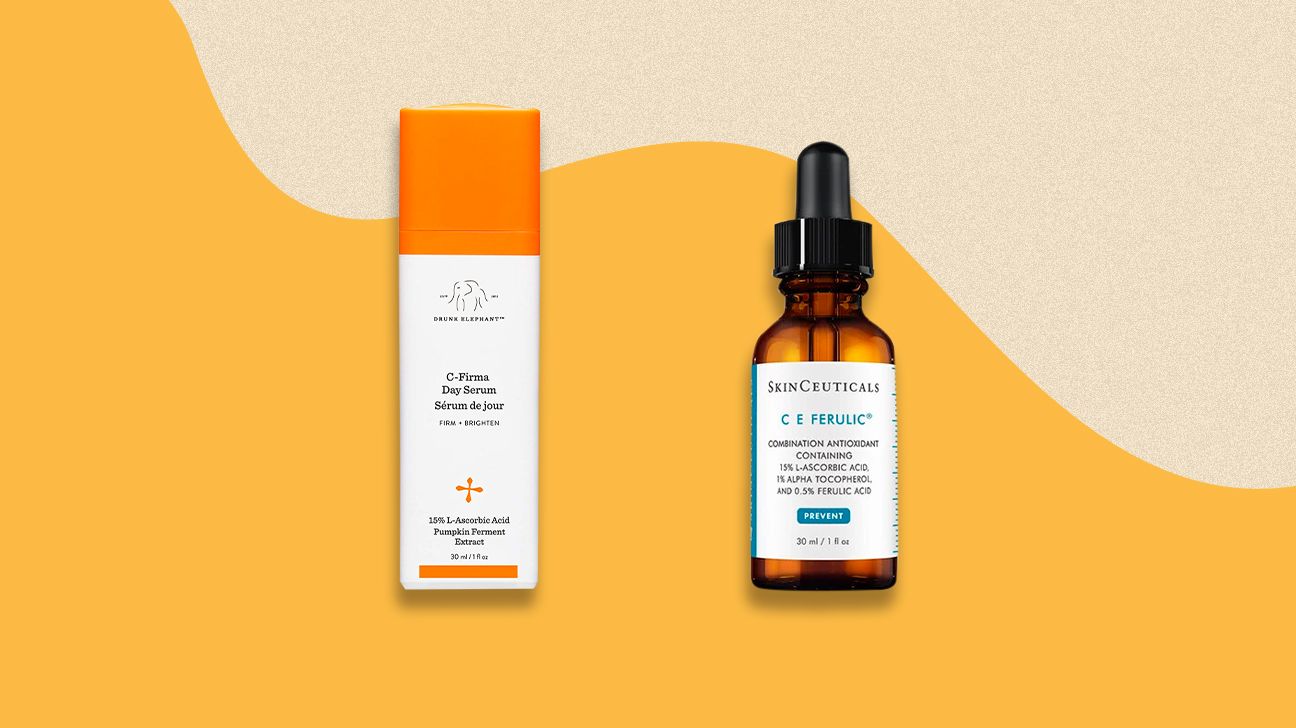Highlighting Your Health: Positive prostate health starts with proactive approach | Feature Story
One of the most important ways for men to stay healthy is to be proactive about prostate health. Next to skin cancer, prostate cancer is the second most common cancer in American men. According to the American Cancer Society, the estimate for new prostate cancer cases in 2021 is about 248,530, and the estimated deaths from prostate cancer for the year is 34,130.
Prostate cancer begins when cells in the prostate gland start to grow out of control. Almost all prostate cancers develop from the gland cells and are called adenocarcinomas. Other types of cancer that can start in the prostate include small cell carcinomas, transitional cell carcinomas, sarcomas and neuroendocrine tumors, however these types are rare.
In its early stages, prostate cancer may cause no symptoms or signs. For prostate cancer that is more advanced there may be signs and symptoms including urination trouble, decreased force of urine stream, blood in the urine, blood in the semen, bone pain, unexpected weight loss and erectile dysfunction.
The American Cancer Society has compiled a list of factors that can affect a man’s risk of getting prostate cancer, with age being key to monitor. Though prostate cancer is rare in men younger than 40, the chance of having it rises rapidly after age 50, and about 6 in 10 cases of prostate cancer are found in men older than 65.
Race and ethnicity can make an impact on developing prostate cancer. African-American men and Caribbean men of African ancestry are more likely to have prostate cancer than men of other races, and when it develops in these men, they tend to be younger. Prostate cancer occurs less often in Asian-American and Hispanic/Latino men than in non-Hispanic whites.
Due to the factors of age, ethnicity and family history, the American Cancer Society recommends a discussion of screenings at these milestones in a man’s age:
- Age 50 for men who are at average risk of prostate cancer and are expected to live at least 10 more years.
- Age 45 for men at high risk of developing prostate cancer. This includes African Americans and men who have a first-degree relative (father or brother) diagnosed with prostate cancer at an early age (younger than age 65).
- Age 40 for men at even higher risk with more than one first-degree relative who had prostate cancer at an early age.
Prostate cancer can be a serious disease, but most men who are diagnosed do not die from it. In fact, more than 3.1 million men in the United States who have been diagnosed with prostate cancer at some point are still alive today. It is important to know the type of prostate cancer, particularly if it a more aggressive form.
“The more aggressive the prostate cancer the more the need to seek an effective course of treatment,” said Dr. Caroline Ames, urologist at Vidant Multispeciality Clinic-Tarboro. “Your prostate cancer treatment options depend on several factors, such as how fast your cancer is growing, whether it has spread and your overall health, as well as the potential benefits or side effects of the treatment.”
Prostate screening tests might include:
- A digital rectal exam where a doctor inserts a gloved, lubricated finger into your rectum to examine your prostate to check for any abnormalities in the texture, shape or size of the gland.
- A prostate-specific antigen test where a blood sample is drawn and analyzed for PSA, a substance that’s naturally produced by your prostate gland. It’s normal for a small amount of PSA to be in your bloodstream. However, if a higher than usual level is found, it may indicate prostate infection, inflammation, enlargement or cancer.
In its early stages, prostate cancer may cause no symptoms or signs. For prostate cancer that is more advanced there may be signs and symptoms including urination trouble, decreased force of urine stream, blood in the urine, blood in the semen, bone pain, unexpected weight loss and erectile dysfunction.
Low-grade prostate cancer may not need treatment right away. During active surveillance or watchful waiting for prostate cancer, your doctor closely monitors your prostate cancer for any changes. Dr. Caroline Ames said, “Active surveillance is an important treatment option to consider in patients with low or very-low risk prostate cancer. If a patient has a slow growing cancer then it is less likely to cause them to die from prostate cancer and we may be able to avoid treatment related side effects by closely watching it.”
In terms of making decisions about your treatment options, it is important to discuss with your urologist or cancer specialist, the path forward that best fits your needs and goals, including possible side effects. Some important factors to consider include:
- Stage and grade of the cancer
- Your age and expected life span
- Any other serious health conditions you have
- Your feelings (and primary caregiver’s opinion) about when to start treatment
- The likelihood the treatment will be effective enough to cure or help in some other way
- Your feelings about the possible side effects from each treatment
- For men, and for those who want the men in their lives to stay engaged about their health, monitoring your prostate health can make a positive impact on your overall health. It is important to talk to your health care provider about when you should start prostate cancer screenings and what steps to take to maintain good prostate health.
For more information about the risks, diagnosis and treatment of prostate cancer, or if you do not have a primary care provider, please contact the Prevention Clinic at Vidant Cancer Care (252) 816-RISK (7475).
Highlighting Your Health is an educational segment courtesy of Vidant Health News. Vidant is a 1,708-bed health system whose mission is to improve the health and well-being of more than 1.4 million people is serves in 29 eastern North Carolina counties.



